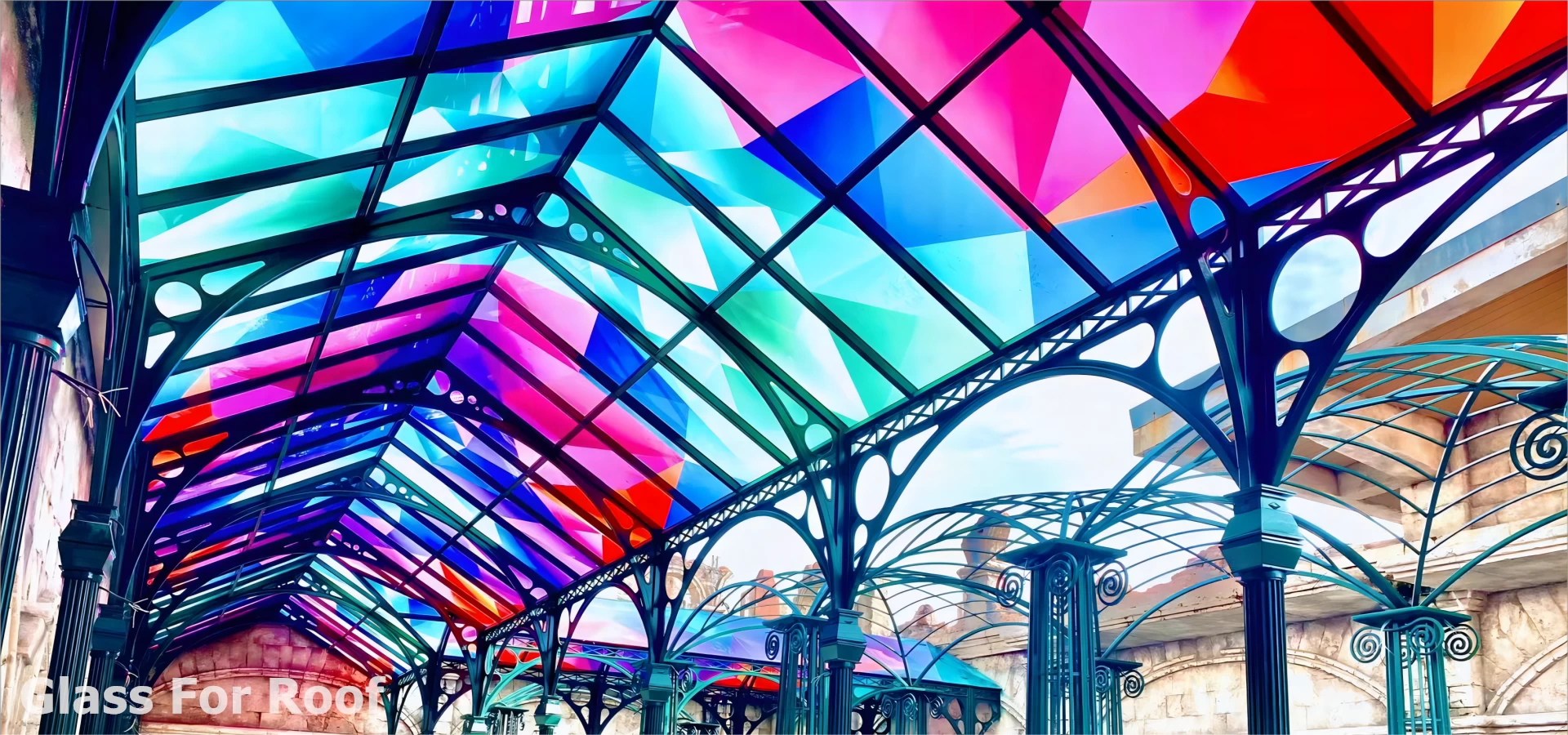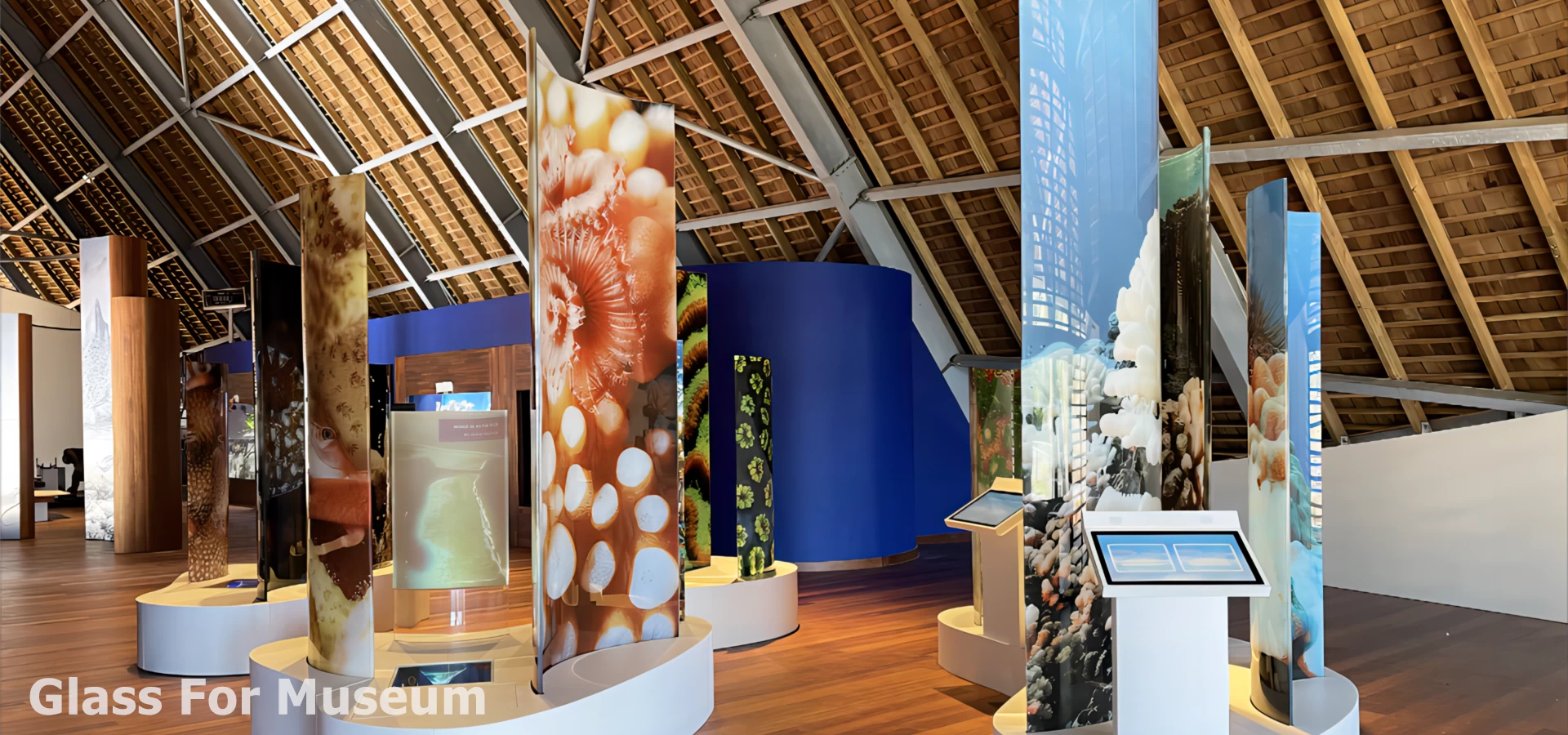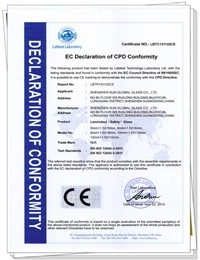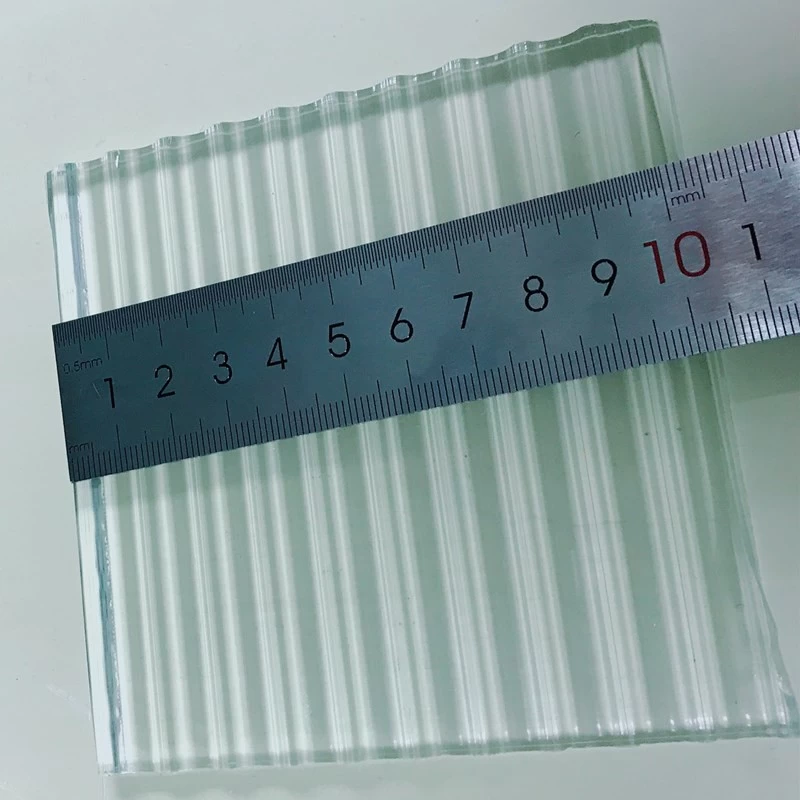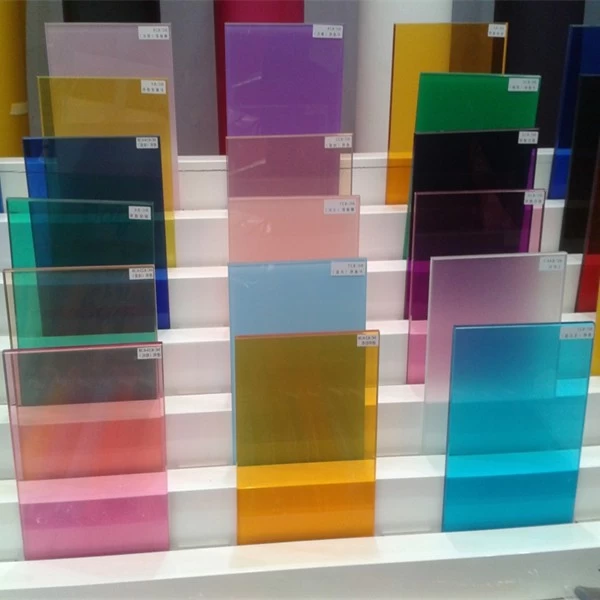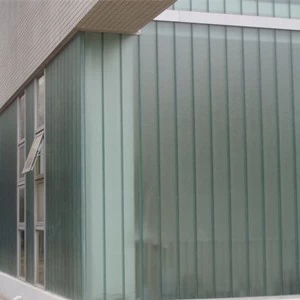Selection of reflective glass
SHENZHEN JIMY GLASS CO., LTD.
Original translation
2016-10-31 18:32:51
Reflective glass is coated on the glass surface of one or more layers of metal, alloy or metal compound film,to change the optical properties of glass,to meet a particular requirement.
Commonly used reflective glass are sun-controlled reflective glass and low-E reflective glass.
(1) Sunlight controlled reflective glass
Solar control reflective glass, also known as heat-reflective reflective glass, refers to the wavelength range of 350 ~ 1800nm sunlight has a certain role in the control of reflective glass. The solar control reflective glass has high reflectivity to the sunlight, the reflectivity can reach 20% ~ 40%, and can save the energy consumption of the air conditioner in the hot summer. At the same time, has a good shading function, so that the indoor light soft and comfortable.
Sunlight-controlled glass is a typical translucent glass, with a one-way perspective features, when the film installed in the indoor side of the day during the day and can not see the indoor indoors, at night by the indoor can not see the outside. Sunlight control reflective film of the film firmness, and can be single use. Can be used to control the insulating glass, the outer layer of the use of sun-reflective glass, the film towards the hollow gas layer, you can reduce the glass shading coefficient and heat transfer coefficient.
(2) low-E reflective glass
Low-E reflective glass, also known as low-E glass, is a reflective glass (high-transmission type Low-E) with a high reflectance to far-infrared rays in the wavelength range of 4.5 to 25μm. Low-E reflective glass can also be combined with solar control, known as low-E glass control ( sun-shade type Low-E).
Low-E reflective glass (high-transmission type Low-E) is suitable for high-latitude cold regions, in the hot summer and cold winter areas should adopt low-E reflective solar control glass (sun-shade type Low-E).
Low-E reflective glass production process is divided into on-line high-temperature pyrolytic deposition method (on-line method) and off-line vacuum sputtering method (off-line method). The low-E reflective glass produced by the on-line method can be bent and tempered and can be used singly.
The low-E reflective glass produced by the off-line method is poor in acid and alkali resistance and abrasion resistance and can not be used singly.The glass edge and sealant should be part of the contact reflective removal, reflective surface should be located in the hollow gas layer, usually installed in the third side of the insulated glass in order to take full advantage of low-radiation reflective glass excellent insulation properties and shading performance .




